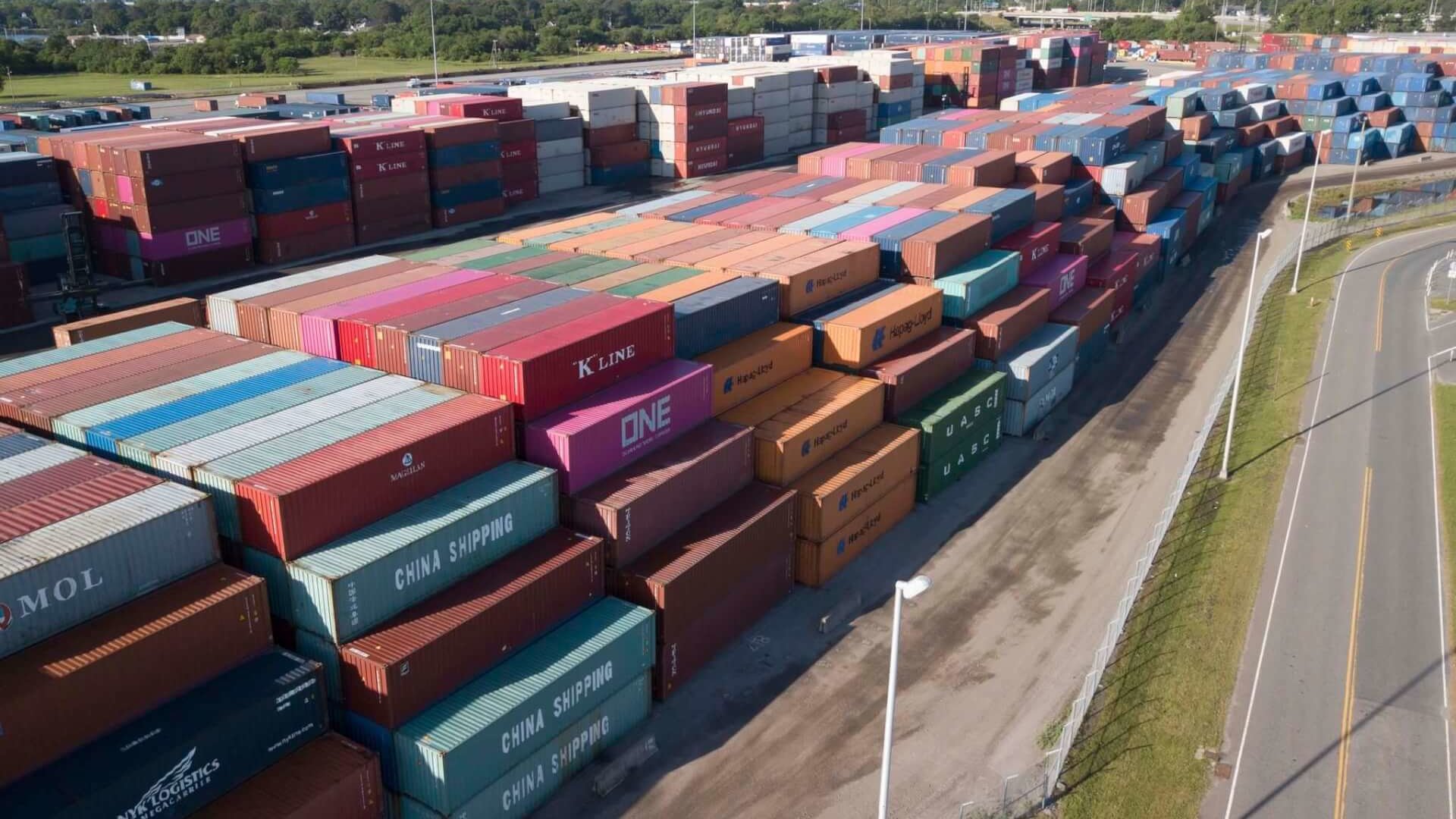It may not be as dramatic as laid out in several worst-case scenarios, but intensification of tensions doesn’t appear to be a positive. (On a historical basis generally, restricting trade typically doesn’t enhance prospects for either side, long-term.) While the U.S. feels that taking a stand against trade infractions (mostly on the intellectual property side) by remaining steadfast in its demands is critical, the Chinese are attempting to save face, with economic stability, internal control, and underlying social harmony remaining key objectives. According to comments from a variety of experts involved with similar trade negotiations, critical sticking points have been the reluctance of the Chinese to formally codify laws against the stealing of technology and other inappropriate intellectual property transfers, in addition to the inability to agree on details of verification the U.S. is demanding. It seems, according to some, the hard line appears partially based on the reputation of the Chinese to delay or avoid previously agreed-to commitments.
The Chinese are also sensitive to a trade deal appearing ‘imbalanced,’ considering a history of perceived overreach by foreign powers over their economy in the past—notably by the British in the 19th century. Sensitivity to these perceptions internally and externally may be just as important to the outcome of the negotiations as the economic component (as it might be to the U.S. administration in light of the 2020 elections). This is especially true with the 70th anniversary of the Chinese People’s Republic coming up, as avoiding an economic downturn at that time would be preferred. The U.S. position has been also supported by protectionist rhetoric from both sides of the aisle, and segments of the American public, where China has been cast as a villain in the narrative of technological change and jobs moving overseas—although it’s been debated by economists whether we have suffered as much from job losses in certain industries than we’ve benefitted from widespread cheaper imports.
Thus far, this second tranche of tariffs affects $200 bil. in Chinese exports to the U.S., while China has threatened to slap up to 25% tariffs on $60 bil. of U.S. exports to China. A third and final tranche of ‘all remaining’ Chinese imports, totaling up to $300 bil. is being reviewed with ‘paperwork being drawn up,’ but wouldn’t take effect until early July at the earliest, which is just after the upcoming U.S.-China meeting in Japan to be held in late June. Naturally, it appears the timing was designed to serve as an incentive for some type of deal to be inked by then. What is also interesting is while a formal ‘trade agreement’ would require Congressional approval (such as NAFTA’s replacement), the imposition (and any subsequent removal) of tariffs separately is a power housed in the executive branch, which puts additional pressure on upcoming meetings.
If the full brunt of tariffs were imposed on Chinese imports (meaning that third tranche of $300 bil.), estimates indicate a reduction of up to about a half-percent from U.S. GDP growth, which is a significant percentage of the total from recent quarters—mostly due to the reduction in broader global growth than a result of imports/exports directly. It appears the impact on Chinese growth could be even more severe, which could push the Chinese government into enacting additional stimulus domestically, such as fiscal accommodation as well as currency devaluation to make exports more attractively priced. They have been hesitant to go overboard with this, due to already-high levels of debt and desire to unwind excess credit from the financial system.
In the long-term, though, the imposing of tariffs is a mixed bag. If this is a negotiation tactic, and a long-term trade deal eventually is worked out, previous estimates of moderate (but not robust) economic growth globally still apply. However, if the tariff battle continues or intensifies, it could lessen growth. Tariffs are essentially a tax, and higher taxes have the tendency to bog down commercial activity and raise prices. In more challenged areas, such as Europe and several emerging market nations (including the Far East, a region heavily affected by Chinese trade), fissures in economies could widen and create a need for continued and even enhanced accommodative policies. This could keep interest rates ‘lower for longer,’ due to both the need for stimulus and fears of a policy error by normalizing rates higher too early. Indirectly, it could also exacerbate political tensions in a variety of nations, notably in Europe, but also in emerging markets and the U.S., where populist policies in an apparent shift away from globalization continue to make headway. In fact, some pundits have called for ‘peak globalization’ already having happened, although it’s difficult to measure such dramatic proclamations except in hindsight.
From a market perspective, it’s all about future growth prospects. An extended period of slower global growth would negatively affect earnings, which justifies lower valuations—explaining recent stock market volatility. However, it could affect other risk assets as well, such as certain commodities (like cyclically-sensitive industrial metals or oil to some degree), as well as corporate credit, where tighter spreads later in the economic cycle would be more sensitive to weaker fundamentals.
There are also other sensitivities here, and optics involving the 2020 U.S. election. It’s important for the administration to see this deal as ‘strong,’ not only to appeal to the voting base, but to also pre-empt pushback from Congressional Democrats. At the same time, the rise of China towards superpower status has raised concerns about an overdependence on their involvement in the supply chain for U.S. goods for national security reasons, which can be at odds with economic/cost efficiencies. Due to non-economic nature of these issues, the outcome is much more dependent on the harder-to-predict political winds.
What else could go wrong? A lengthy delay or lack of a trade deal could fuel growing frustration from the farming segment in the Midwest and South, due to China’s pushback on importing U.S. soybean and grain exports during the critical spring planting window. The Chinese, on the other hand, could chip at the U.S. in other ways, such as restricting operating activity of U.S. companies within its borders, which affects technology firms in particular. A well-quoted fear is that the Chinese could choose to unload more U.S. Treasury bond assets, although there is some doubt about how realistic this is, being that Treasuries remain the world’s primary ‘safe haven’ asset—with few competitors. Naturally, an enhancement of resentment and/or nationalistic sentiment would result in more of an adversarial and cooperative relationship going forward.

